High Quality Spherical Metal Zinc Nanopowders Appication
High Quality Spherical Metal Zinc Nanopowders Appication
Hongwu International Group Ltd with HW NANO brand offer a highly diverse range of Zinc nanopowder grades with average grain sizes from approx. 40nm to 150nm. We provide technical support in the selection of the powders suitable for specific applications and for questions regarding process optimization.
Zinc nanopowders holds the features of regular spherical shape, less surface oxidation, spherical surface smooth, clean, melting deformation and adhesion into grape-like, very few particles of the platform, good dispersion, uniform particle size, which is conducive to the production of high-quality anti-corrosion coatings. Besides it is with large surface area, small loose proportion, high efficiency coating cover, and good chemical reduction effect.
Zinc nanopowders possesses the nanometer effect that is with excellent chemical activity and good uv resistance, antistatic properties, antibacterial antibacterial, remove odor resistant enzymes and a series of unique properties. To use the antibacterial ability of silver, copper, and zinc metal materials etc., through the methods of physical adsorption of ion exchange, to fix the silver, copper, zinc and other metal ions ( or its ion) on the surface of porous material such as calcium fluoride, silica gel made from antibacterial agent, then join the corresponding products, it can obtain materials with antibacterial ability.
Because Zinc nanopowders has the characteristics of nano material, its application field has been widened to the plastics industry, sunscreen cosmetics products, special ceramic products, adhesives, paint coating, special function as well as chemical fiber textile health processing and producing uv, deodorant, antiseptic bacteriostasis of special fiber products, etc.
In whole, as a new kind of material, metal Zinc nanopowders have many unique properties in chemical, optical, electrical and biomedical fields. It appears the wide application prospect in magnetic materials, electronic materials, optical materials and high-strength, high-density materials, catalysts, sensor.
by Jemma


 English
English français
français Deutsch
Deutsch русский
русский italiano
italiano español
español português
português 日本語
日本語 한국의
한국의 Türkçe
Türkçe



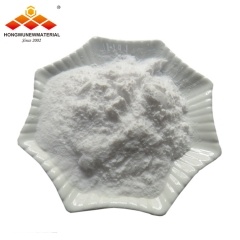
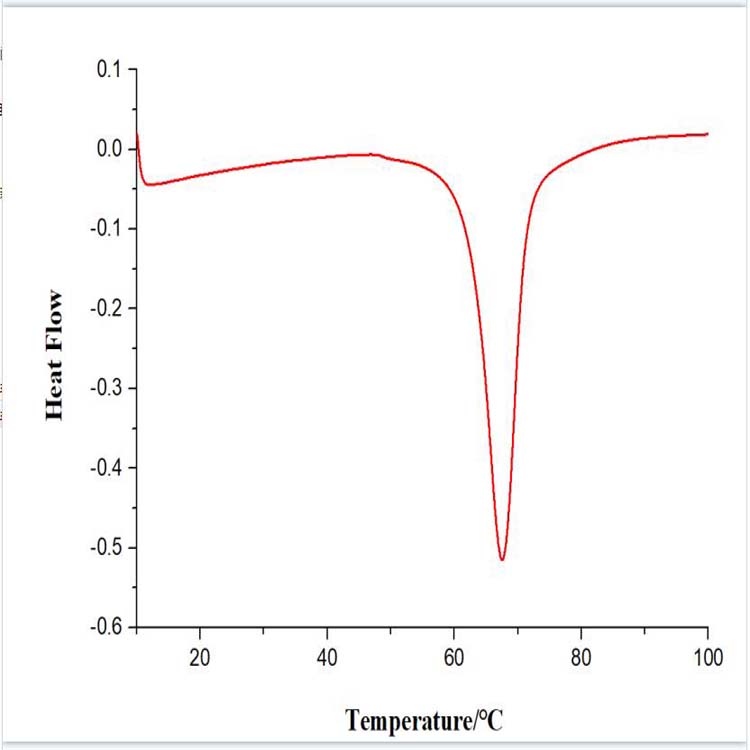
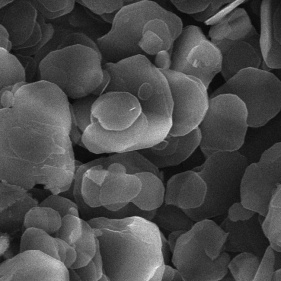
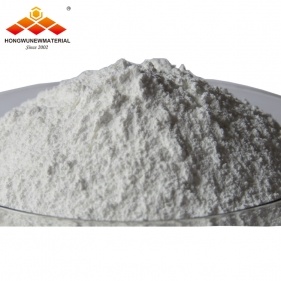


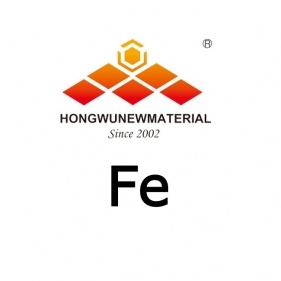
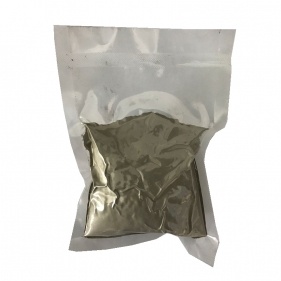
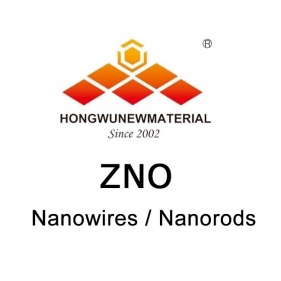




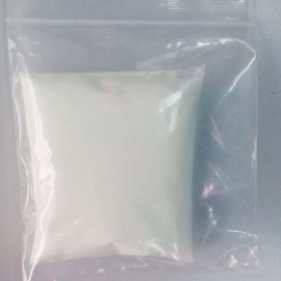
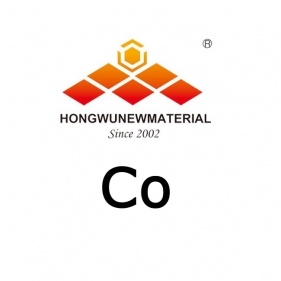














 8620-87226359,8620-87748917
8620-87226359,8620-87748917

